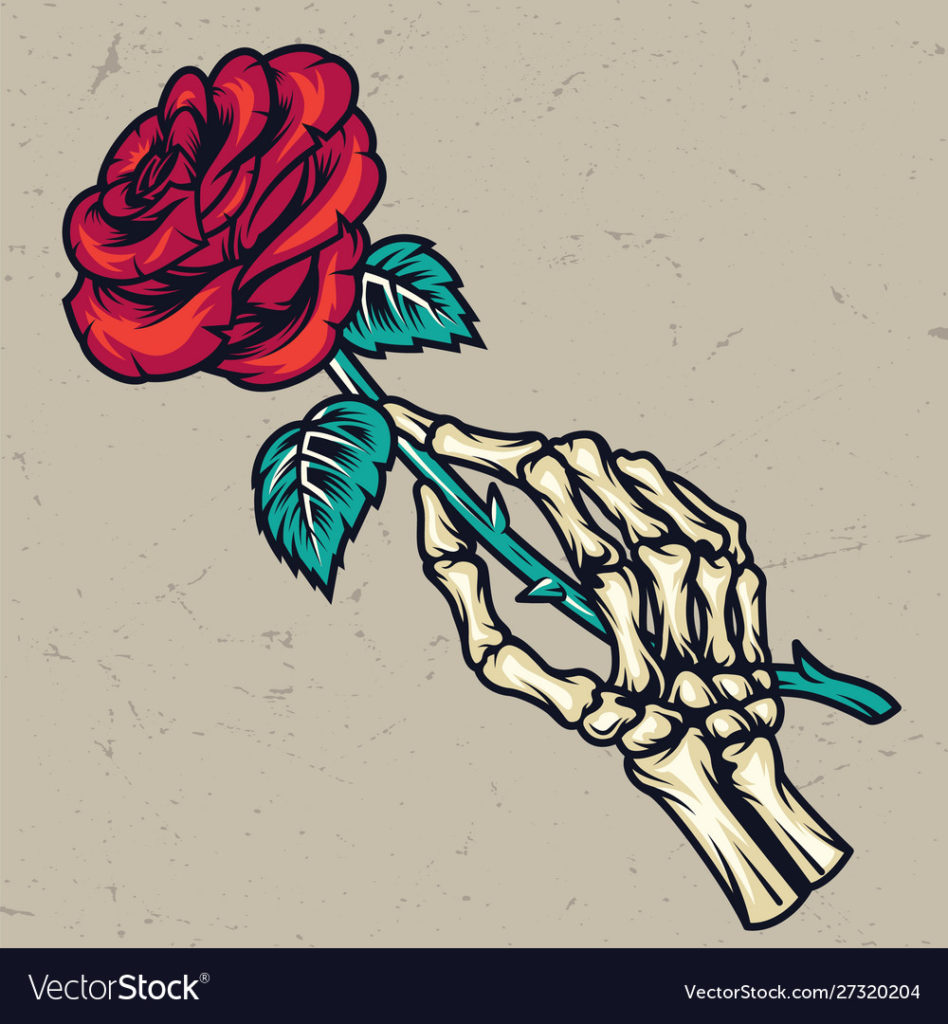Evaluation Upon the People
Sexual harassment and racial discrimination were problems that were dealt with by people of color throughout the 20th century. These conflicts happened more with women, simply because women had a status difference from men during this period. Women were mostly targeted simply to dis-empower them in society, such as staying home, not working, and becoming a restrained housewife. Sigmund Freud explains the reaction to these assaults in “Five Lectures of Psychoanalysis”. Through a thorough explanation of condensation and displacement by Sigmund Freud, Toni Morrison in “The Bluest Eye”, portrays how colored women view white beauty standards through jealousy and hatred, and leads to an obsession thereof.
In “The Bluest Eye,” a light skin girl named Maureen Paul attends a colored school and becomes popular because of her appearance and the number of different traits she has; as her popularity increases, a connection with one of Freud’s dream-work terms, condensation, is made. Claudia and her school notice a new girl and many reactions are sparked by the difference in the image of students; Claudia, as a result, develops many types of questions and emotions in her head. As Claudia and Freida were walking down the hallway, they were discussing how Maureen differentiates from Claudia and Frieda. For example, “She was rich, at least by our standards…, there was a hint of spring in her sloe green eyes, something summery in her complexion, and a rich autumn ripeness in her walk” (Morrison 62). As Freud says, “Condensation is caused by the combination of several themes or ideas into one dream symbol” (Freud 2224). Freud proposes that a large number of displaced concepts are reduced and condensed into one unified symbol. Morrison conveys that Freida and Claudia are surprised and have a mixture of shocked feelings due to what they are seeing in their school. Such a difference hasn’t been noticed because the school isn’t mixed, it is a colored based school. In a school of colored students, Maureen is there, standing out, with her rich aspects. This leads to her becoming popular in the school because no one is like her. Maureen differentiates from everybody because she symbolizes a different kind of black family; the upwardly mobile, light-skinned African American that disdains darker-skinned black people. Everything about Maureen was different, her rich clothes, her “fastidious” lunches, no one in the school was similar to her. “When she was assigned a locker next to mine, I could indulge my jealousy four times a day” (Morrison 63). A perfect example of how Morrison nails just how perversely pleasurable jealousy can be. Claudia develops feelings of jealousy and insecurity through the experience of viewing what Maureen has that she doesn’t. Since Maureen is “rich and white”, she has more privileges than Claudia. According to the article, “Hey Girl, Am I More than My Hair?” by Tracey Owens Patton, Patton argues how the beauty standards between blacks and whites originated from the history between the two. For example, Patton’s quotes, “Since 1619, African American women and their beauty have been juxtaposed against White beauty standards, particularly pertaining to their skin color and hair” (Pattons 26). Given how the past was and the number of problems there were between blacks and whites, colored people always were viewed as the minor towards everything, including beauty standards. This jealousy that colored people started to develop came from how society differentiated colored females from white females. In the same article, Patton also states that “Beauty is subject to the hegemonic standards of the ruling class” (Patton’s 25). To take a case in point, Parton argues that wherever beauty is, that’s where the ruling class is. Throughout history, we view white people in a higher power compared to colored people, especially through slavery. Therefore, white female’s standards of beauty were much higher compared to colored. This made black women develop feelings of anger and jealousy because they feel as if they will never be on a similar level and be equal to the high standards white females have.
Claudia goes through a stage of displacement when her anger and jealousy are directed toward a blue-eyed doll that she receives for Christmas, which stemmed from her disdain of white beauty standards, of which Maureen represented in her life. Mrs. Breedlove, her mother, for instance, gifts her daughter, Claudia, a “big blue-eyed baby doll”, in which Claudia developed a hatred for it. Claudia was confused about what she wanted to do with it. However as time went on, Claudia started questioning the attributes of this doll and why every child wanted it and was so comfortable with it. For instance, “I had only one desire: to dismember it. To see what it was made, to discover the dearness, to find the beauty, the desirability that had escaped me, but apparently only me” (Morrison 20). Claudia’s only desire is to dismember the doll to understand what makes them so desirable to those around her. Claudia displaces the thoughts of having hatred towards little white girls. She displaces the hatred and conflicts the pain on the doll. In Freud’s view, displacement is an unconscious defense mechanism whereby the mind substitutes either a new aim or a new object for goals felt in their original form to be dangerous or unacceptable (Freud 2223). It is a shift in focus of emotional intensity to something more acceptable. Claudia displaces her negative energy on the little girls who want/have these dolls because of how society views all little girls wanting similar dolls. Claudia does not want to be like them, therefore, she has a difficult time with the dolls and her emotions. However, despite all this, this urge to dismember dolls transforms into a desire to harm little white girls. Claudia explains that she feels guilty about these urges, so she hides them behind a fabricated love for Shirley Temple. According to the story, “I learned much later to worship her, just as I learned to delight in cleanliness…, that the change was an adjustment without improvement” (Morrison 23). To counteract the hate Claudia had, she starts looking up to Shirley Temple and starts to follow her as a role model. At first, Claudia does not feel the same affection for Shirley Temple, but over time, she also becomes obsessed with white culture. Through the guilt in dolls, she has a false love for Shirley Temple, which eventually leads to an obsession with the thing she originally wanted to destroy. This process depicts the way black hatred of white cultural oppression and beauty standards can result in black obsession with white culture. For instance, in the article, “They Treated Me Like A Geography Lesson” by Nancy K. Cardona, Cardona argues on how beauty affects all women, despite whatever the race may be. For example, “Beauty affects all women, regardless of age, race, creed or color” (Cardona 13). In comparison to others, Claudia and all those who do not fit the definition of beautiful is treated as an aberration. Using this standard, society punishes people for innate traits over which they have no control.
To sum up, in America, appearance is everything. Due to not being able to live to the highest standards, colored women develop feelings that display how they feel like a woman. Claudia is an example of a character where she develops feelings of not fitting in her society and questions herself as an individual. This caused Claudia to develop feelings of condensation and displacement due to what she’s seen as what high standards are in society. Claudia questioned on what traits Maureen has that she doesn’t. She also had hate for little girls who liked dolls, but later on, she starts to look up to Shirley Temple. Claudia’s life was turned around when she started to look up to Shirley Temple and wanted to be a female just like her. In general, it can show how difficult life was for Claudia and she has changed due to what she’s seen as she progressed as an individual.




